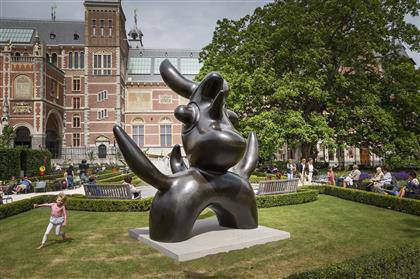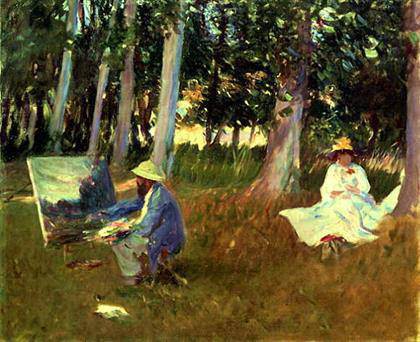
Barbara Hepworth, photomontage of Helicoids in Sphere 1938, and the entrance hall of the Doldertal apartments in Zurich by Alfred and Emil Roth with Marcel Breuer. Architectural Review
© Bowness, Hepworth Estate
Barbara Hepworth: Sculpture for a Modern World – TheArtFundUK
Barbara Hepworth: Sculpture for a Modern World Tate Britain presents thefirst major London retrospective for almost half a century of the work of Barbara Hepworth, one of Britain’s greatest artists. 24 June – 25 October 2015.]]>
Source: Tate Britain
Barbara Hepworth (1903-75) was a leading figure of the international modern art movement in the 1930s, and one of the most successful sculptors in the world during the 1950s and 1960s. This major retrospective emphasises Hepworth’s often overlooked prominence in the international art world. It also highlights the different contexts and spaces in which Hepworth developed and presented her work, from the studio to the landscape.
The exhibition features over 100 works, from Hepworth’s major carvings and bronzes to her less-familiar works. It opens with Hepworth’s earliest surviving carvings from the 1920s, such as “Doves” 1927, alongside works by predecessors and peers from Jacob Epstein and Henry Moore to lesser known contemporaries. Comparisons with works such as “Figure of a Woman” 1929–30 reveal how Hepworth related to a wider culture of wood and stone carving between the wars.
Living together in Hampstead, London, Hepworth and her second husband Ben Nicholson made works in dialogue. Major carvings including “Kneeling Figure” 1932 and “Large and Small Form” 1934 are shown with paintings, prints and drawings by Nicholson and rarely seen textiles, drawings, collages and photograms by Hepworth. Photo albums compiled by Hepworth and Nicholson show the two artists with their works, demonstrating a shared idea of life integrated with art. In the later 1930s, as part of an international avant-garde brought together through exhibitions and magazines, Hepworth made more purely abstract work. In the mid-1940s in St Ives, Cornwall, Hepworth began making sculptures in wood, for example “Pelagos” 1946, which expressed her response to her new surroundings.
Four large carvings in the sumptuous African hardwood guarea (1954-5), arguably the highpoint of Hepworth’s carving career, are reunited for this exhibition. In the post-war period, Hepworth’s sculpture became a prominent feature on the international art scene. The exhibition displays bronzes from her 1965 retrospective at the Kröller-Müller Museum, staged within a partial reconstruction of the pavilion originally designed by Gerrit Rietveld.
Related content
Tate Britain presents ‘Late Turner – Painting Set Free’ (exhibition, 2014)
Follow us on:


